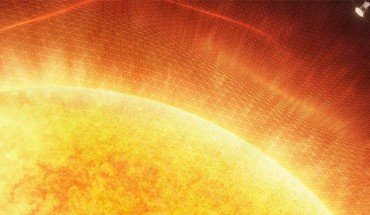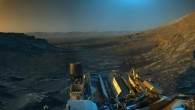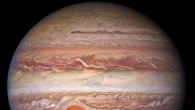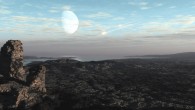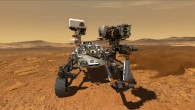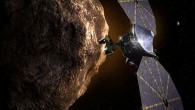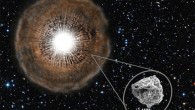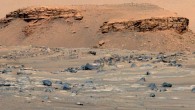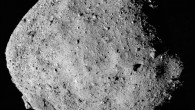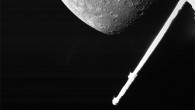The high temperatures and strong magnetic fields of the Sun’s upper atmosphere — the corona — form streams of the solar wind that expand through the Solar System into interstellar space. On April 28, 2021, NASA’s Parker Solar Probe entered this region about 13 million km (8 million miles) above the solar photosphere. Parker Solar Probe has flown through the solar corona and sampled particles and magnetic fields there. Image credit:...

